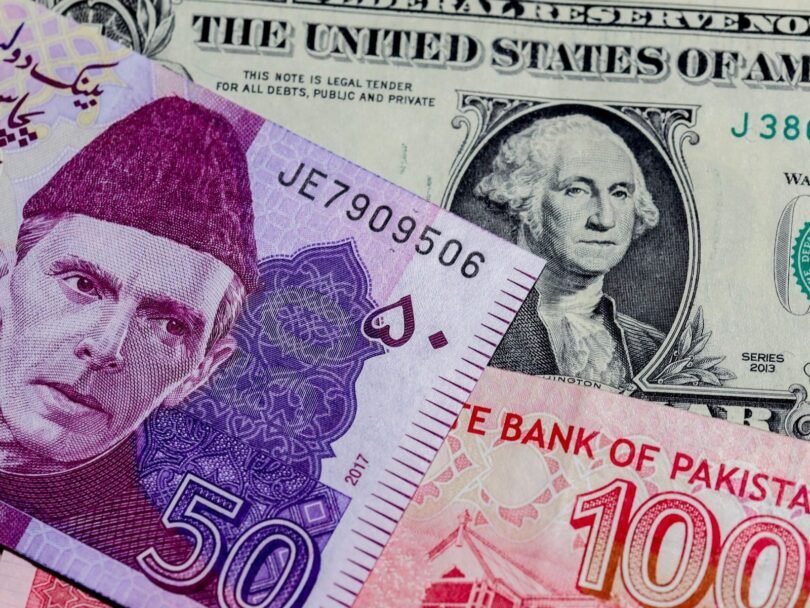The US is fighting inflation and the Fed (abbreviation for federal reserve – USA’s central bank) is raising interest rates almost every month. These interest rate hikes have a ripple effect on the world economy, especially in countries with fragile, weak economies. They can not maintain their currency buying power and in many cases, they just print more money which increases inflation further and their currency loses even more value quickly.
Even the euro is struggling to hold its ground against the world’s #1 currency. So, if anyone wants to conduct business in Pakistan and needs to exchange rupees for USD for goods or services, they face the risk which is called currency risk. Currency risk is a risk of currency rate fluctuations which can lead to reduced profits and even losing money. They can buy less and fewer dollars for their rupees which makes it more expensive to buy goods and services outside Pakistan. How can one hedge this risk? Let us explain a few solutions to this crisis.
Some Of The Effective Methods Against To Currency Risks
One of the most popular and life saver methods to protect oneself from currency risk is called hedging. In simple terms, hedging means buying and selling the currency at the same time so that if the first currency is losing its value you always have a second currency which is winning to make up for losses in the first currency. Hedging is a prevalent currency risk management tool.
Sometimes hedging may be not a currency but to buy and make reserves for some goods which the business requires. For example, if an aviation company needs to hedge rising fuel prices it can buy more fuel and save it for later use. This simple strategy can save companies millions of dollars and it is an actual case study at a university. Let’s get back to currency risks and hedging as a risk management tool. For example, if we want to hedge against the rupee’s falling rate we can simultaneously buy and sell USD/PKR.

This will ensure that no matter what happens to the rupee trader or investor never loses money except trading fees and or spread (difference in ask and bid prices on the Forex market). Yes, hedging is effective if it is done correctly, but selecting the specifics is still dependent on the individual resources and conditions of the ongoing situation. So you can use one of the hedging strategies from this guide to be sure which option can be the best for Rupee rates.
Complex Hedging Strategies And Using Them Against To Depreciation Of The Pakistani Rupee
There are more complex forms of hedging too. Instead of only two currencies, traders can use three currencies and their pairs to hedge against each other and reduce currency risk to a minimum level. Let’s take USD, JPY, and AUD as an example. Traders can buy (long) AUD/USD, USD/JPY, and short (sell) the AUD/JPY simultaneously. This method is good if regulation prohibits buying and selling the same currency pair simultaneously. Other than Forex hedging, bitcoin and other cryptocurrencies could be used for this purpose too.
There are cryptocurrencies called stablecoins, they are pegged to US dollars 1:1. Most popular stablecoins include Tether (USDT), BinanceUSd (BUSD), UsdCoin(USDC), etc. Stablecoins almost guarantee that the cryptocurrency never fluctuates too much from 1 dollar value. So, in the case of countries where it is a challenge to transfer money outside of a country, this method becomes a powerful solution.
So, how can you hedge the rupee if it loses too much value? You can avoid all the problems by investing in cryptocurrency or hedging the risks with the methods mentioned above. Hedging is a must-know tool for businesses and traders alike. Some traders when losing are using hedging to prevent further losses and maintain the main trading direction at the same time. Big organizations like banks and hedge funds use hedging very often.
Sometimes when trading long-term, currency may move in an opposite direction which leaves traders with two choices: first is to close the position with a loss, and second is to hedge it before it returns to the desired direction. For many traders and especially big trading companies, the second option is much more acceptable as they hold multimillion-dollar positions.






